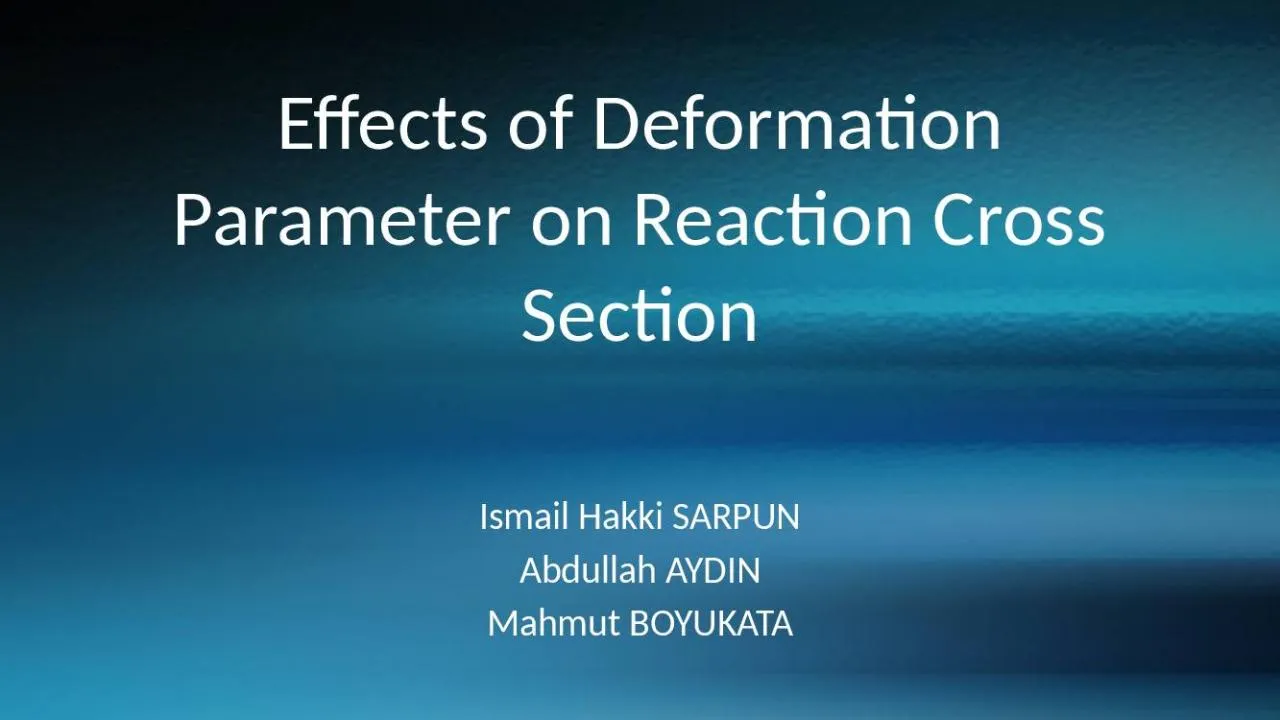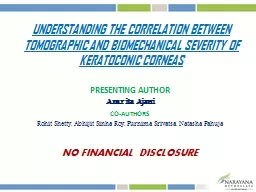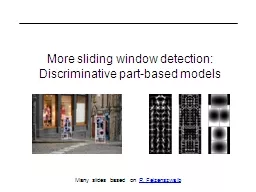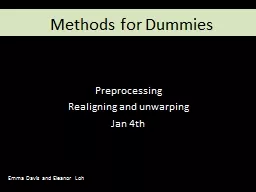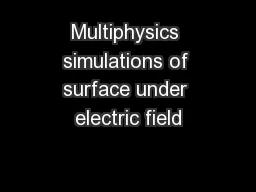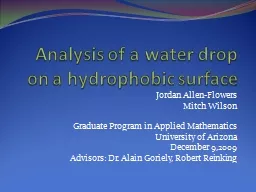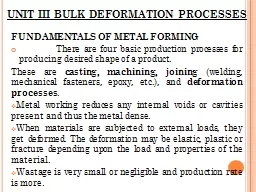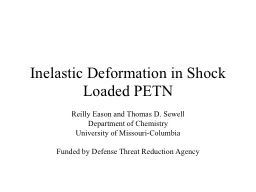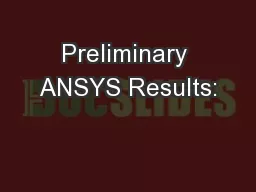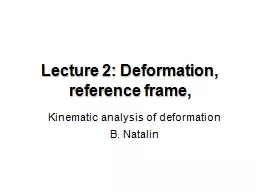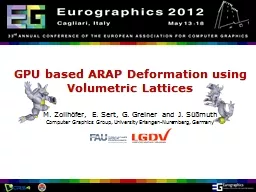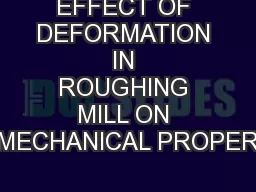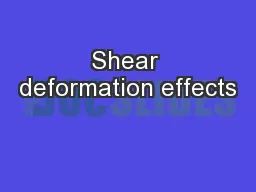PPT-Effects of Deformation
Author : natalie | Published Date : 2022-05-18
Parameter on Reaction Cross Section Ismail Hakki SARPUN Abdullah AYDIN Mahmut BOYUKATA Objective Deformation parameter of the nuclei is one of the important
Presentation Embed Code
Download Presentation
Download Presentation The PPT/PDF document "Effects of Deformation" is the property of its rightful owner. Permission is granted to download and print the materials on this website for personal, non-commercial use only, and to display it on your personal computer provided you do not modify the materials and that you retain all copyright notices contained in the materials. By downloading content from our website, you accept the terms of this agreement.
Effects of Deformation: Transcript
Download Rules Of Document
"Effects of Deformation"The content belongs to its owner. You may download and print it for personal use, without modification, and keep all copyright notices. By downloading, you agree to these terms.
Related Documents

